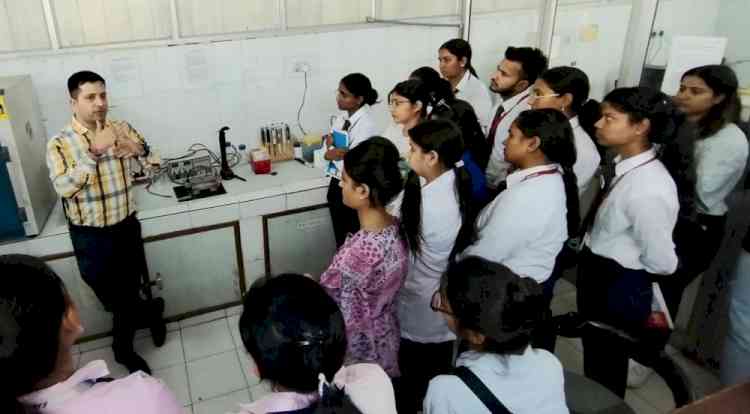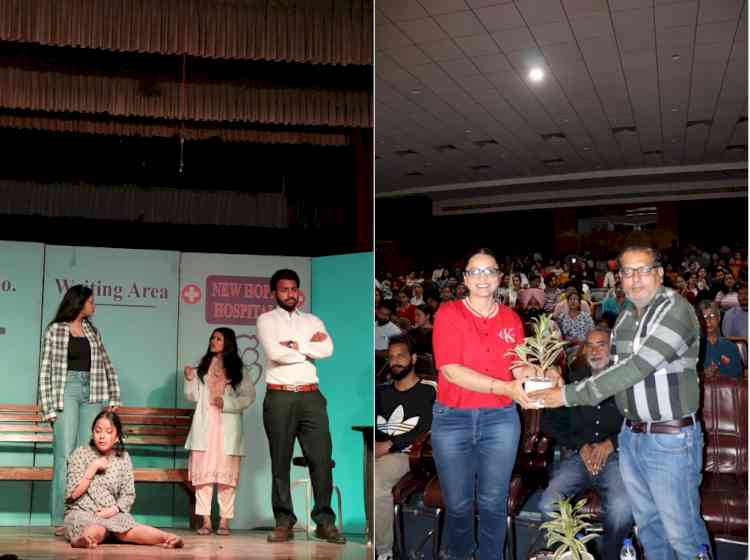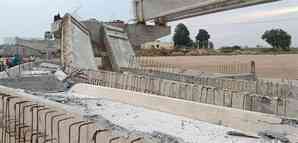Metal Sector Outlook in India- 2015 by Dun & Bradstreet
Author(s): National News from India Desk @ city air newsSecunderabad, January 6, 2015: Resurgence in domestic economic growth to drive growth in metal consumption. The formation of new stable government at the Centre has reaffirmed the...

Secunderabad, January 6, 2015: Resurgence in domestic economic growth to drive growth in metal consumption. The formation of new stable government at the Centre has reaffirmed the corporate and consumer sentiment significantly. Moreover, adoption of various structural and pro-business reforms is likely to put the economic growth back on track in a phased manner. Expected improvement in domestic GDP growth is likely to improve both domestic demand for the various base metals such as iron & steel, aluminum and copper. GDP growth in first two quarters of FY2015 has improved as compared to corresponding period in FY2014. Additionally, expected reduction in interest rate in early CY2015 in the wake of moderation of inflationary pressure is likely to boost the credit-off take and improve overall investment on one hand and augment the demand of end-user segments on other. Thus, we expect domestic demand for metals to improve in 2015 following a recovery in the end-user industries such as industrial construction, civic infrastructure, power, automobiles, industrial machinery, and consumer goods, among others.
Any delay in scheduled auctioning of coal blocks and uncertainty pertaining to resumption of iron ore and bauxite mining activity in Jharkhand might adversely impact the domestic metal production Weak consumption demand amidst the sluggish economic growth and raw material availability concern translated into a decelerated metal production in 2014. Domestic steel production, the key base metal, was adversely impacted due to restriction on iron ore mining in Karnataka and Goa which disrupted the raw material supplies to steel manufacturers. The uplifting of ban on
iron ore mining provided some boost to the mining output as measured by Index of Mineral Production which grew by 2.4% (y-o-y) during Apr-Oct 2014 as compared to decline of 2.6% during prior year period (PYP). However, various other factors such as weakness in construction and automobile sector (Heavy Commercial Vehicle); delay in restarting of mining operation, shortage of the quality input like coal, natural gas etc. coupled with sustained weakness in rupee value continued to impact the industry production adversely. As per data from CMIE, crude steel production grew at 2.2% during Jan-Oct 2014; as compared to 4.5% during PYP while the finished steel production grew by just 3.2% (PYP: 10.4%).
The domestic primary aluminum too fell on the account of subdued demand growth in automobile, construction, and consumer durables sector. Aluminum production contracted by 2% during Jan-Oct 2014 as compared to 6% fall in PYP.On the demand side, metal demand is likely to improve on the back of recovering economic growth but we expect domestic metal production to grow at a moderate rate in CY2015. Any delay in auctioning of 74 coal block schedule during 2nd week of February 2015 subsequent to the cancellation of 204 illegal coal mines by Supreme Court in September 2014 might impact the coal availability for domestic production. The recent closure ordered of 12 out of 17 iron ore mines on account of expiry of lease in Jharkhand (which stood as third largest iron ore producing state in FY 2014) is likely to add concern regarding raw material availability to steel manufacturers and consequently increase the country’s dependency on import.
Modest rise in domestic metal prices is expected on account of shortage in supply of key input material and weakening rupee value Currently, global industry is facing oversupply of iron ore and coal given increase in production subsequent to the upliftment of the mining restriction on mines in Australia and Indonesia. Additionally, contracting demand from China, world’s largest iron ore consuming nation, has resulted in steady fall in iron ore prices to its five year low since Feb 2011 (US$ 187.18 per tonnes). In November 2014, monthly iron ore prices reduced to almost half from the year ago level and stood at US$ 73.3 per tonnes and touched a fresh low of US$ 69 per tonne in mid-Dec 2014. The coal prices (Australian thermal coal) have declined to US$ 67.02 per tonnes in Nov 2014 from the level of US$ 90.36 per tonnes in December 2013. Even in the wake of declining global prices, we expect the domestic metal prices of semi-finished and finished metal products to firm up moderately as a result of shortages in domestic input supplies and uncertain rupee
movement. This scenario is likely to result in increasing import bill and impact the performance of the industry players at operating level.
-------------------
Readers may send their news/views/feedback to us:
-----------------------------
Join us on facebook (fb): www.facebook.com/cityairnews
Date:
Tuesday, January 6, 2015

 cityairnews
cityairnews 
















